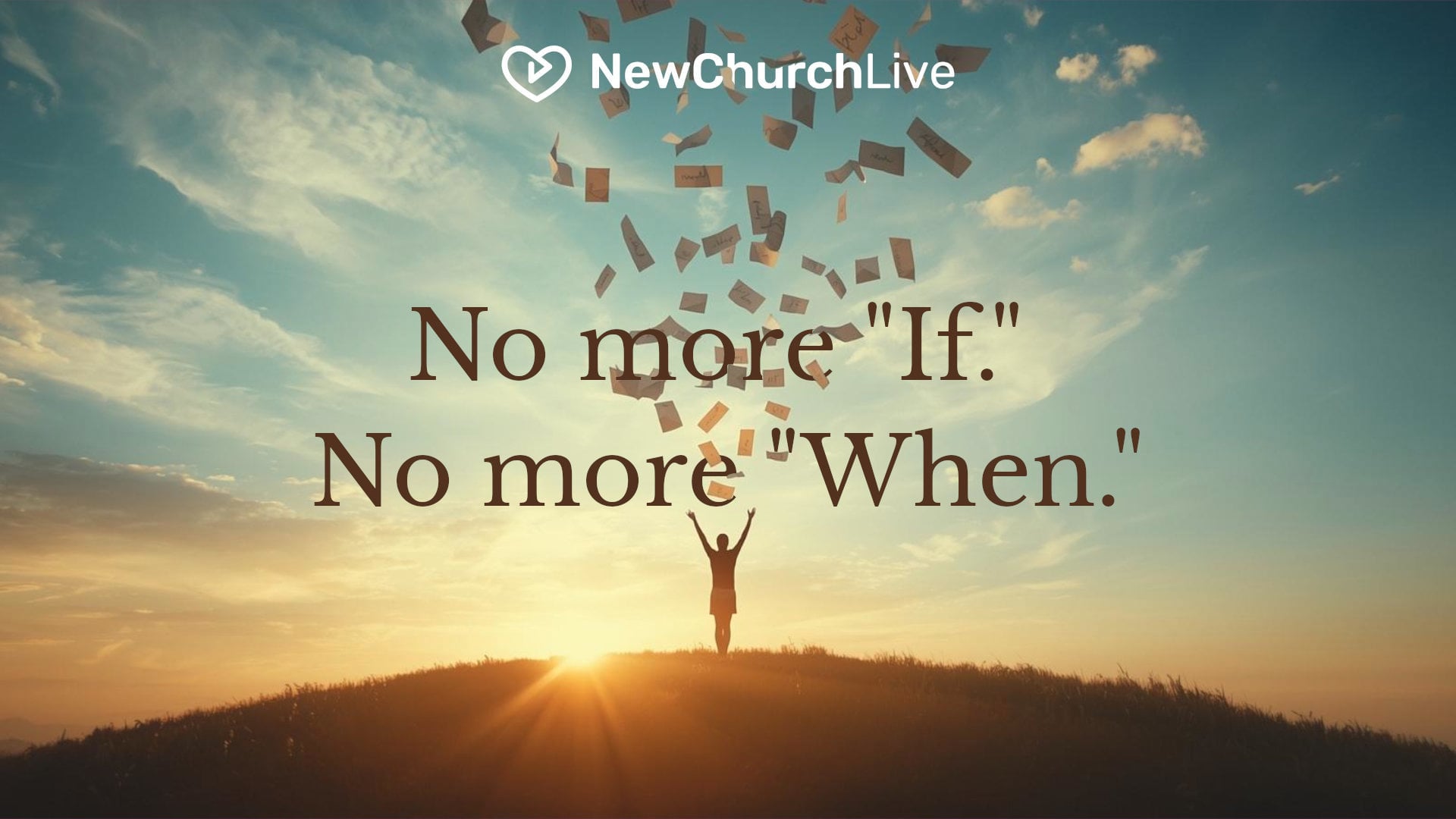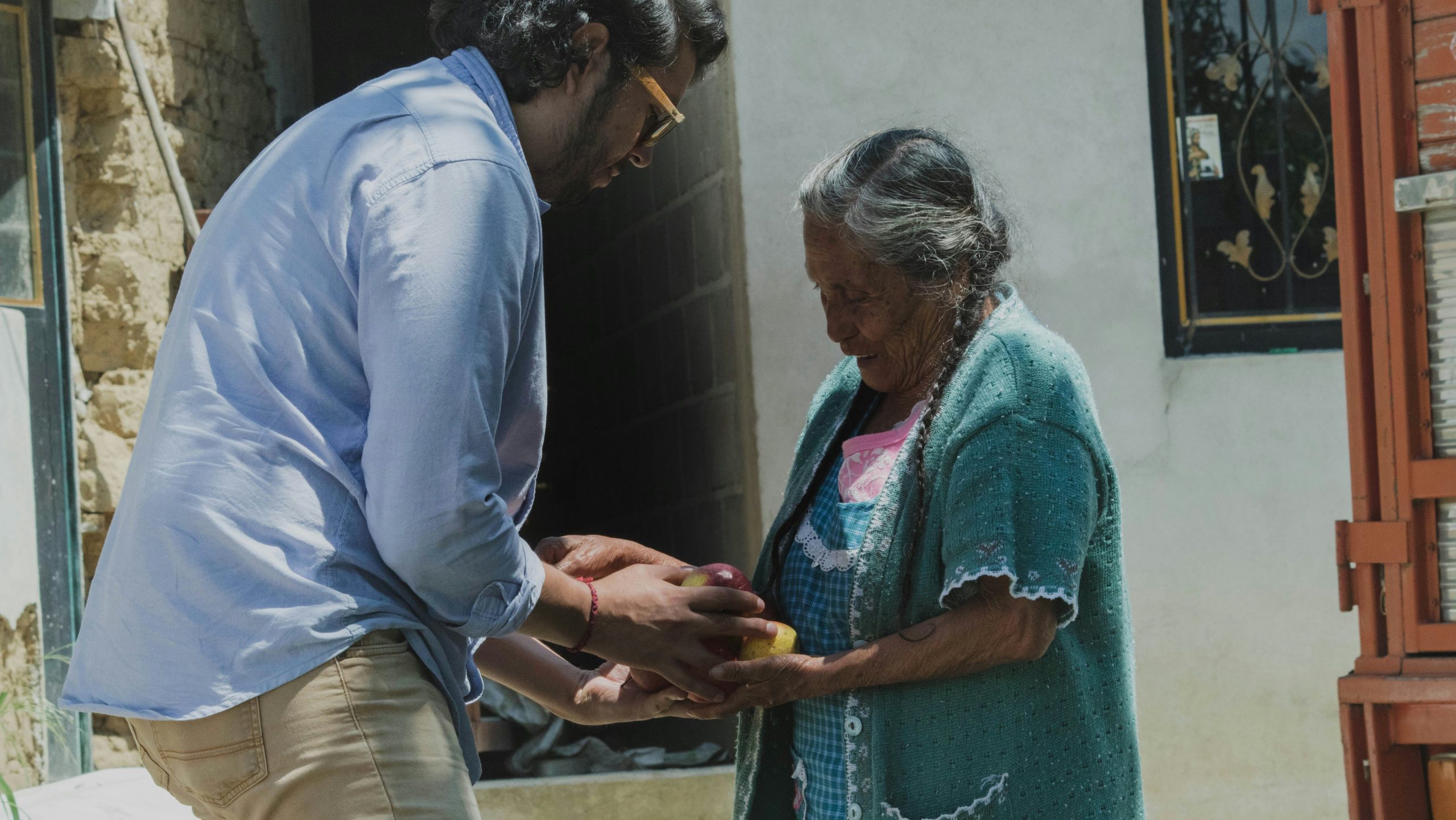Ask any parent of teens how challenging they can be, especially when it comes to taking advice, and you’ll get a whole spectrum of answers. Mostly, it depends on the day, but one thing we know for sure is that a daily gratitude practice can do wonders, especially for teens. And still, it can be hard to get them to engage.
As parents, as mentors, as teachers, coaches, and all of the various roles we play in the lives of teens, understanding how significant gratitude is, perhaps today more than ever, is just the first step. We must also act as role models, practice gratitude ourselves, and pass on the ways we can do that to the teens in our lives.
Quick Links
- Benefits of Gratitude for Teens
- Challenges to Working with Teens on Gratitude
- Strategies for Teaching Teens Gratitude
Table of Contents
Benefits of Gratitude for Teens
Over the last few years, perhaps made worse by the pandemic, there’s been increasing concern about teen mental health and social isolation. Whether social media plays a role or not, teens are feeling more alone than ever before; that’s fraught with complications as they’re moving through some challenging experiences in a world that can sometimes feel very unpredictable. With a constant barrage of news, media, sounds, and videos, it’s quite easy for teens to focus on things that increase worry, anxiety, and feelings of loneliness.
Fortunately, countering that is one of the biggest benefits of a gratitude practice. In fact, research suggests that just 15 minutes a day of a gratitude practice can help everyone, including teens:
- Decrease both depression and anxiety
- Support physical (heart) health
- Decrease stress
- Improve sleep
- Decreased envy
Obviously, the impact, from there, cascades and builds. Similarly, more research suggests teens with a gratitude practice are happier and more satisfied with their lives (including their friends, families, and selves). They are more hopeful and, in general, more likely to report greater satisfaction and interest in both school and hobbies.
Finally, gratitude helps teens build strong relationships and connections. When practicing gratitude and understanding that acts of service, gifts, and gifts of time, all require something of the giver, teens feel seen and appreciated. They can understand that whatever the action, the intent behind it was often care, concern, love, or positive feelings. In turn, they feel closer and more connected to the other person or community.
Whether it’s friends, family, or community, research shows that strong connections contribute to health and wellness. This is even more true when the strong relationships are parent-child so finding ways to help your teen build a gratitude practice holds promise for your relationship as well.
Challenges to Working with Teens on Gratitude
Given those benefits, who doesn’t want to assist teens with practicing gratitude? In fact, why isn’t everyone?
For those of us who live with or spend a lot of time around teens, such as parents or teachers, we understand that working with teens comes with challenges. This isn’t as simple as telling teens to be more grateful; most of us know how that could turn out. We have to acknowledge that there are, and will be, challenges.
First and foremost, teens are in the midst of some very significant changes, developmentally. They’re experiencing physical, intellectual, emotional, and social upheaval that often requires or demands intense focus on those factors. They, therefore, spend a lot of time thinking about themselves. That can make asking them to look outside themselves, asking them to slow down, quite difficult.
At times, this can result in an attitude of “What’s in it for me?” This can be frustrating for adults, especially parents, who tend to give more selflessly, without consideration of this factor. It’s not that teens are inherently selfish, it’s just that it’s a challenge. Thankfully, the early stages of a gratitude practice, when done reflectively, can pretty easily answer that question for most teens. Gratitude just feels good.
You’re also up against a culture that delivers things on demand. It’s a culture of nearly instant gratification, instant attention, and constant dopamine hits. When coupled with pressure from friends for the newest and best tech, clothing, vacations, cars, and more, it can be hard to get teens to slow down and appreciate all the amazing things they already have, even if it’s not the most up-to-date smartphone.
Instead of focusing on the challenges, however, for success, you must also practice gratitude. Perhaps it is looking at the opportunity for you to invest in a gratitude practice as well, but there’s little doubt that the benefits are real and it’s worth working on gratitude for teens.
Strategies for Teaching Teens Gratitude
That aforementioned focus on self, even among the best teens, can be a challenge when it comes to teaching teens or getting them to participate in activities that we find valuable. As with most successful endeavors with others, we must meet them where they are and that leads us to the strategies for teaching teens gratitude.
What does it mean to meet them where they are? Teens are in the midst of self-discovery. They’re figuring out not just who they are, but where they belong. As parents, as teachers, we can and should be pointing out individual strengths such as honesty, trustworthiness, reliability, determination etc. Similarly, we should be pointing out the communities they belong to as these are the beginning steps to identifying the parts of themselves and people for which they feel grateful.
As noted above, one of the biggest strategies you can employ is to model gratitude in your own life. That means verbally and through actions and connecting those to your teen. “I’m so grateful you were willing to help your brother/sister/me/other parent.” It may be as simple as “I made your favorite dinner/packed your favorite lunch to say thanks for…” Still, there are other ways to do this and other strategies.
1. Make gratitude lists
You can start this practice as a family. Perhaps once a week, at a family dinner, make a list together. Another option is to start a gratitude jar. Put a jar on the kitchen counter and ask everyone to write down things they’re grateful for over the course of the week. Then, at the end of the week, sit down together and read the items from the jar. Not only does this require acknowledging the feeling of gratitude during the writing process, but you all get to reflect on it again at the end of the week.
2. Practice gratitude gifts
Once a month, have everyone in your family pick a person in their life for whom they feel grateful (encourage your teens to expand this circle rather than potentially picking out the same person each time). Then, decide on a gift and this need should not be a material item (unless it’s really needed by the other person). Instead, encourage the shift away from material goods and on to the other ways people show up for us. This will, in turn, enable teens to recognize when others are showing up for them as well, in addition to understanding that time and effort are also gifts given to us by others.
Additionally, research suggests that acts of gratitude result in increased happiness and decreased feelings of isolation and sadness.
3. Include gratitude rituals in your daily life
One great way to do this is to say grace before a meal, before you all head out for the day, or together as a family at the end of the day. It need not be overly religious, but it should focus on a moment of gratitude for food, family, connection, and more. One great thing you can do at each of these moments of grace or gratitude is point out something someone in the family has done. For example, express gratitude for all the things you normally do and then, at the end “And today, I’m especially grateful for X who ….” This can (and should) be something as simple as helping to carry in the groceries, walk the dog, or switch the laundry over to larger things such as babysitting, running errands, successfully completing goals, getting a good grade, etc.
4. Write positive reviews online
From musicians, artists, restaurants, and other digital creators, teens have plenty of people and things they follow online. Writing a positive review or a brief note to say thanks for their work is a great way to show gratitude, in a way that teens can appreciate as they’re people who directly impact their daily lives.
5. What can I learn?
This is a great question for us to ask, especially when we consider that even in hardship, God has given us a gift. Sometimes, that gift is a lesson. Asking “What can I learn?” offers an opportunity for us to reframe challenges for teens (and ourselves) and shift the focus from the negative and see what we may feel gratitude for, even in situations where we’re uncomfortable or challenged.
6. Consider family donations and volunteering
Whether it’s a coin jar, a portion of allowance, or a parent driven gift, allowing your family to help decide how to share their good fortune can help them feel grateful for what you have. Similarly, volunteering for organizations and causes you care about can allow teens to give back and feel good about themselves.
7. Create a family practice
Nothing on this list grabbing you? One great way you can help with gratitude for your teen is by developing your own gratitude practice; it may even be a mix of a few we have listed here. The important part is helping your teen determine how they want to demonstrate gratitude to friends, family, and others. Obviously, you want to keep it appropriate but it’s important to remember that they are figuring out who they are and some of that is in relation to others. As a result, they’re going to want to control their own relationships. Provide guidance but let them find their way.
As a family, you can help shape that by developing a family gratitude practice that includes everyone whether it’s volunteering monthly or at the holidays, doing favors for neighbors, spending time with elderly relatives, or any number of things.
We have to remember that gratitude, like other practices, is very individual. When working on gratitude for teens, it’s essential, like most things with teens, that you not impose your practices on them, but rather guide them to what feels good for them. You’re essentially creating a foundation for practicing gratitude throughout life. They’ll continue to build that on their own.
In part, as with most things with teens, teaching gratitude practice is about planting seeds not full-grown trees. Keeping that in mind will help you, as an adult in a teen’s life, stay patient. We also have to remember that we call it practicing gratitude for a reason. We are not experts at it from the start and kids, tweens, and teens are just learning what will, hopefully, become a lifelong practice.
If you’re looking to learn more about practicing gratitude or hoping to get your teen involved in an online church that works for their (and your) busy life, get in touch with us at NewChurch Live. We’d love to count you among our community and work on our practices together.




















